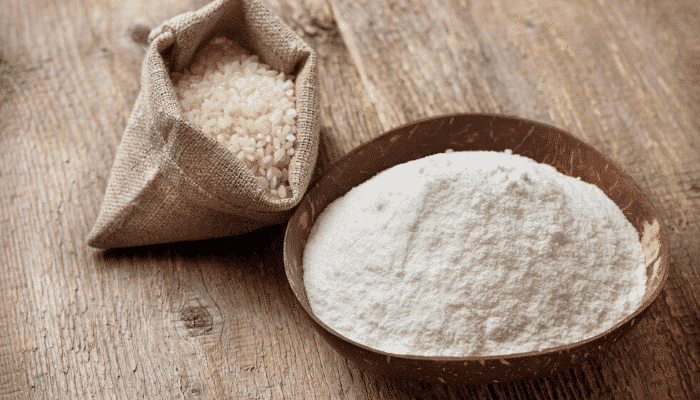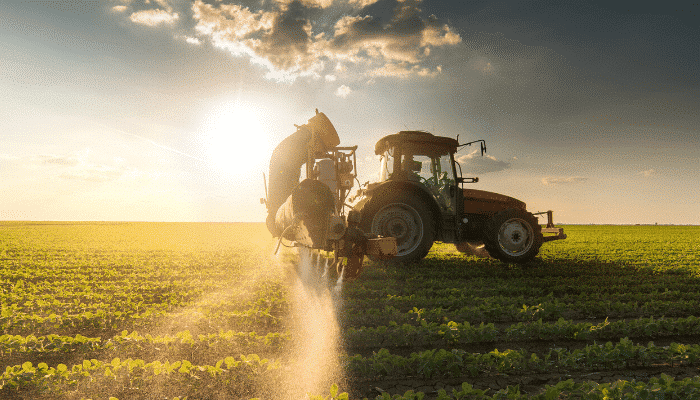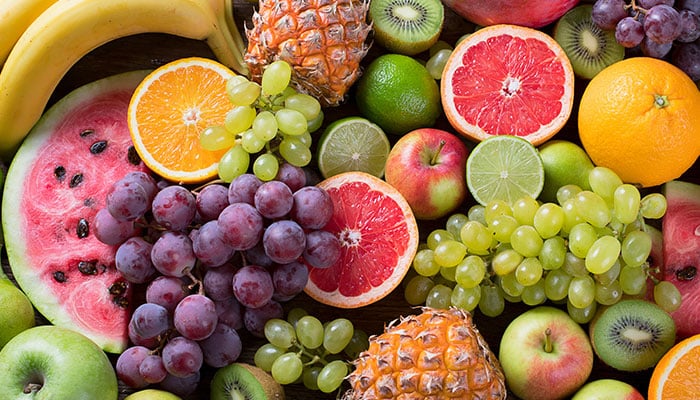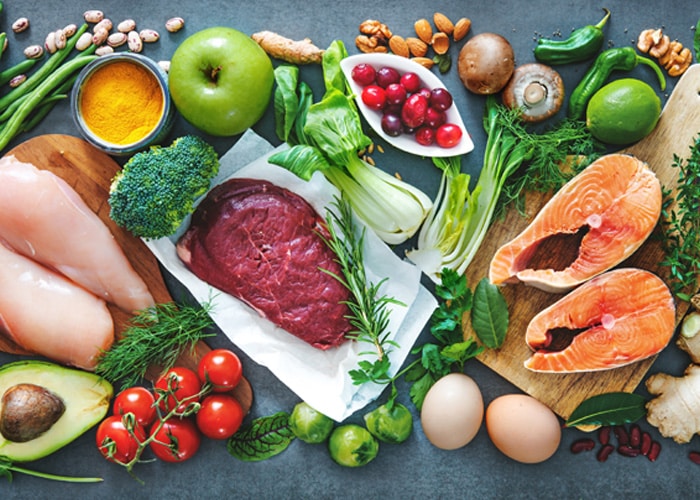
Article réservé aux abonnés


EU Regulation 2023/465 has just been published in the OJEU. It amends and adds maximum levels for inorganic and total arsenic in certain foodstuffs.
Arsenic is a ubiquitous metalloid found at low concentrations in rocks, soil and natural groundwater. Anthropogenic activity has contributed to increased levels of arsenic in the environment due to industrial emissions (mining, non-ferrous smelting and fossil fuel combustion) and the use of arsenic in fertilizers, wood preservatives, insecticides or herbicides. Food and drinking water are the main routes of exposure to arsenic.
New maximum levels have been introduced for inorganic arsenic in :
Rice flour: 0.25 mg/kg.
Rice-based soft drinks: 0.03 mg/kg.
Infant formulae, follow-on formulae, foodstuffs for special medical purposes intended for infants and young children and infant formulae in powder form: 0.02 mg/kg
Infant formulae, follow-up formulae, foods for special medical purposes intended for infants and young children and formulae for young children in liquid form: 0.01 mg/kg
Baby food: 0.02 mg/kg
Fruit juices, reconstituted fruit juices and fruit nectars: 0.02 mg/kg.
The level for unparboiled milled rice (polished rice or white rice) has been lowered to 0.15 mg/kg instead of 0.20 mg/kg.
A level of 0.5 mg/kg has also been added for salt for total arsenic. This is the maximum level set by the Codex Alimentarius.
Article 2 of this regulation specifies that foodstuffs that were legally placed on the market before 26/03/23 may remain on the market until their date of minimum durability or use-by date.
These maximum levels are applicable on 26/03/2023.
Please note that your Phytocontrol laboratory offers you the analysis of inorganic arsenic and total arsenic under COFRAC accreditation. You can consult our COFRAC technical appendix N°1-1904 available in your customer area or on the COFRAC website.




